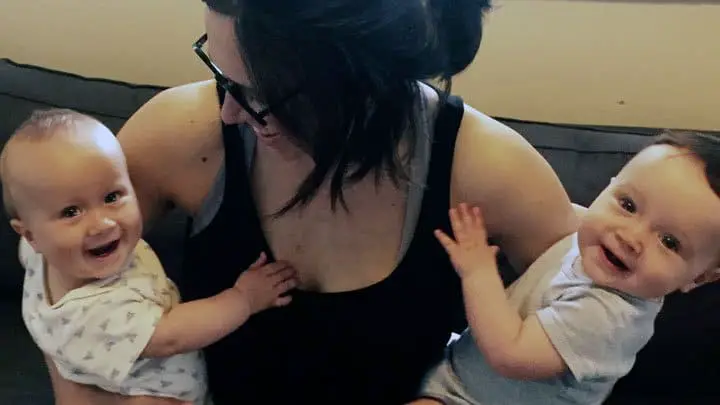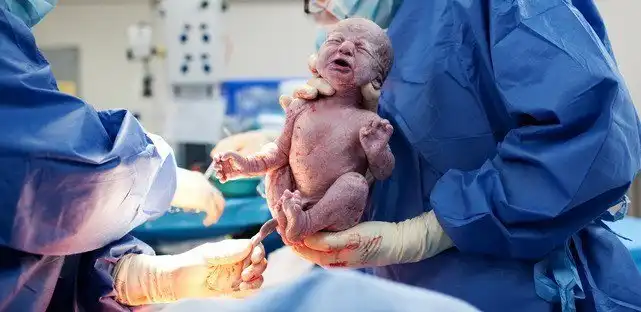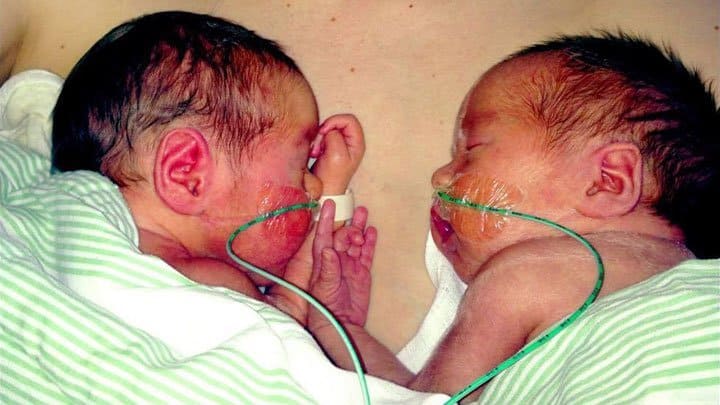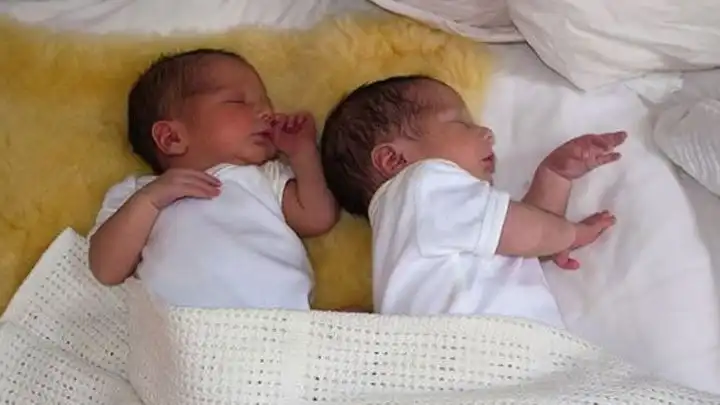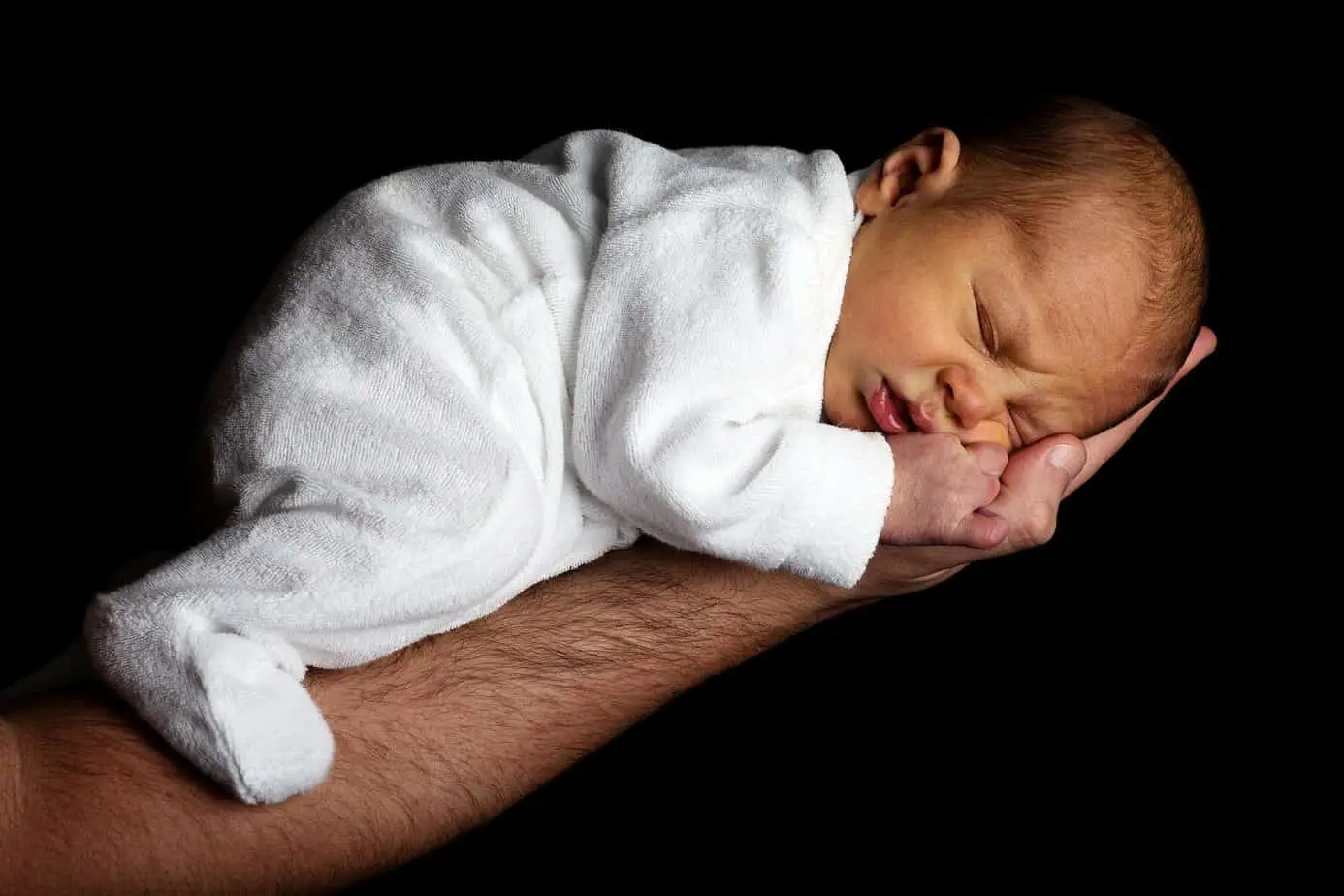New Technique is Used to Turn Twins in Breech Position
A new technique makes it possible to turn twins into a head-down position enabling a natural delivery.
Up until now pregnant women have been advised to get a c-section if twin A – the twin positioned lowest in the uterus – is in a breech position. Being in a breech position means that the baby’s buttocks and/or feet are positioned to be delivered first. A c-section is also advised if twin A is in a transverse position. This means that the baby is lying in a sideways position. However, a new German study presents four cases where dichorionic diamniotic twins – twins who have separate placentas – were successfully turned from a breech position. The study was published in the Zeitschrift für Geburtshilfe und Neonatologie* in 2017.
*Journal of Obstetrics and Neonatology
Planning between 34 and 36 weeks
The researchers presented a case series in di-di twin pregnancies using a modified technique for successful external cephalic version (ECV) for breech Twin A. External Cephalic Version is a procedure used to turn a fetus from a breech or transverse position into a head-down position before labor begins. The modified technique involves adequate counseling and planning for ECV between the 34 and 36 week of pregnancy. Medications used to suppress premature labor was purposefully avoided to reduce the risk of complications such as low blood pressure in the mother and palpitations. A heart palpitation is the sensation that your heart has skipped a beat or added an extra beat. It may feel like your heart is racing, pounding or fluttering.
Largest successful case series
The use of ultrasound was essential to confirm that the growth of the babies was normal. Doppler values, liquor volume, placenta and umbilical cord location were also checked. The orientation of the twins and the relationship of the separating membrane were also identified. The mother was asked to lay on her side, and the researchers reported performing all ECV’S with the comfort of the mother as a priority. Of the four cases where ECV for breech Twin A was attempted, all were successful. The researchers report that this represents the largest successful case series of ECV for breech Twin A in twin pregnancies described in the literature. They concluded that ECV for breech Twin A is possible, avoiding c-section in twins. They also recommended that ECV for breech Twin A should be considered using the technique described in the selected cases.



